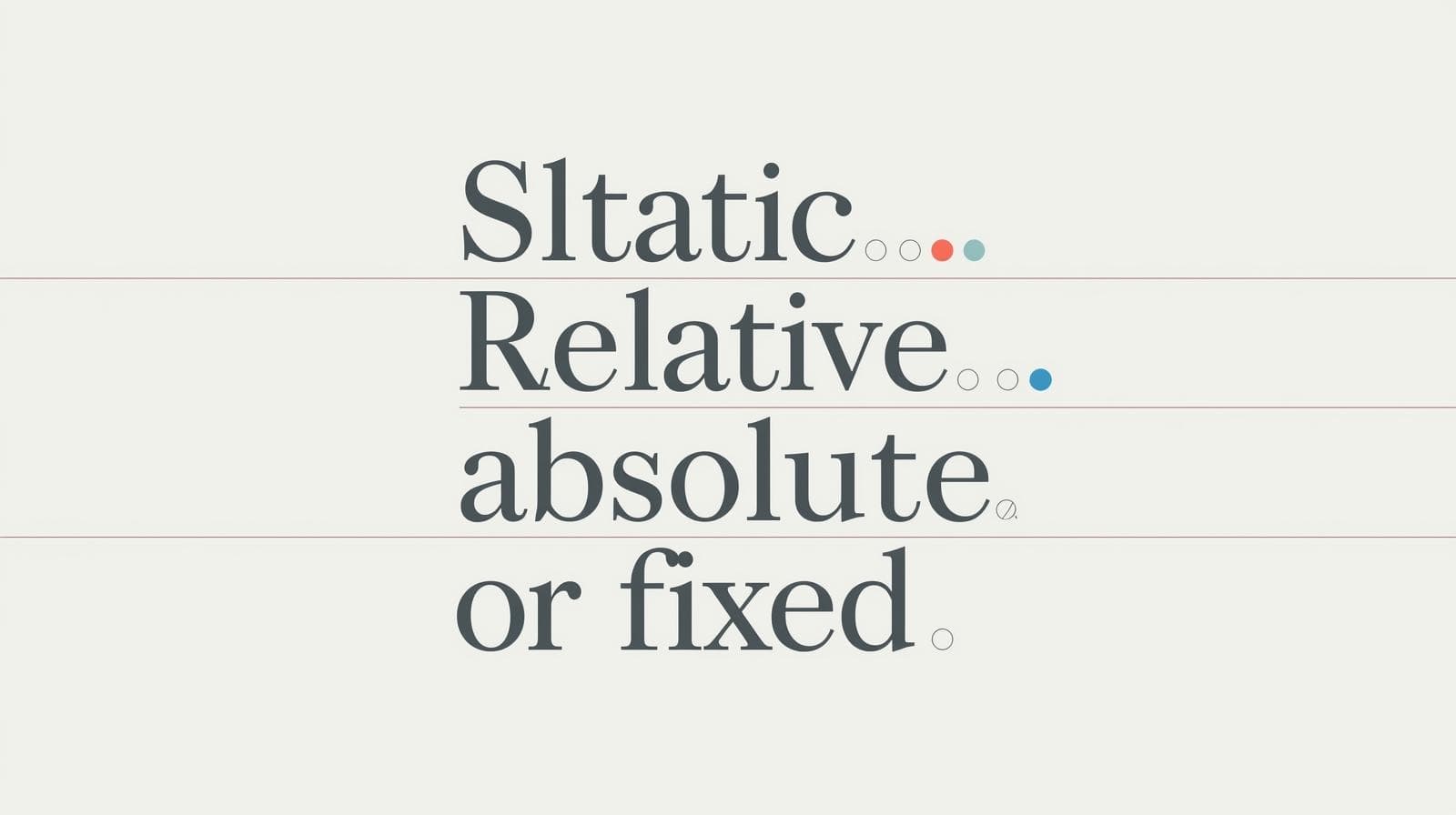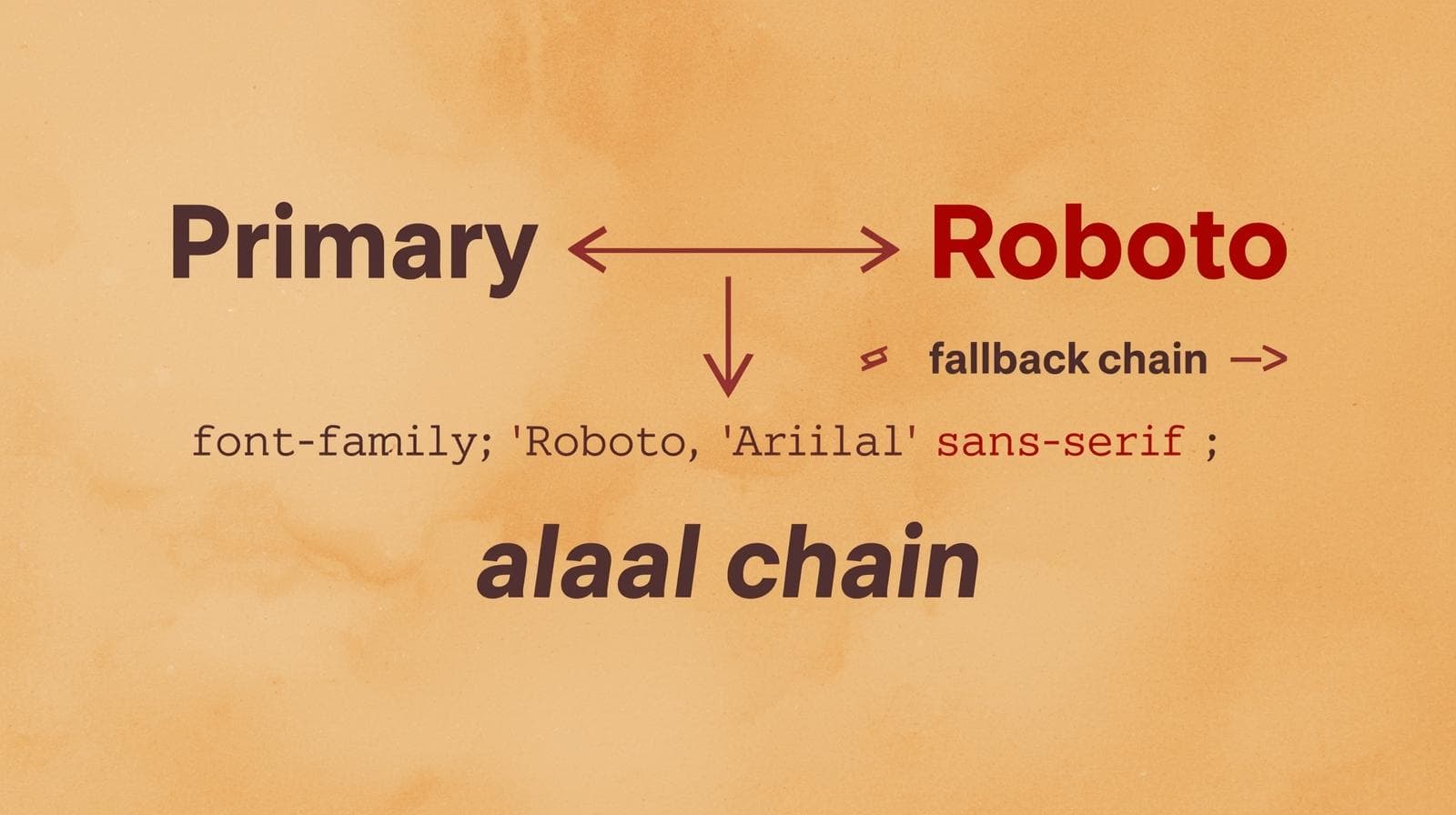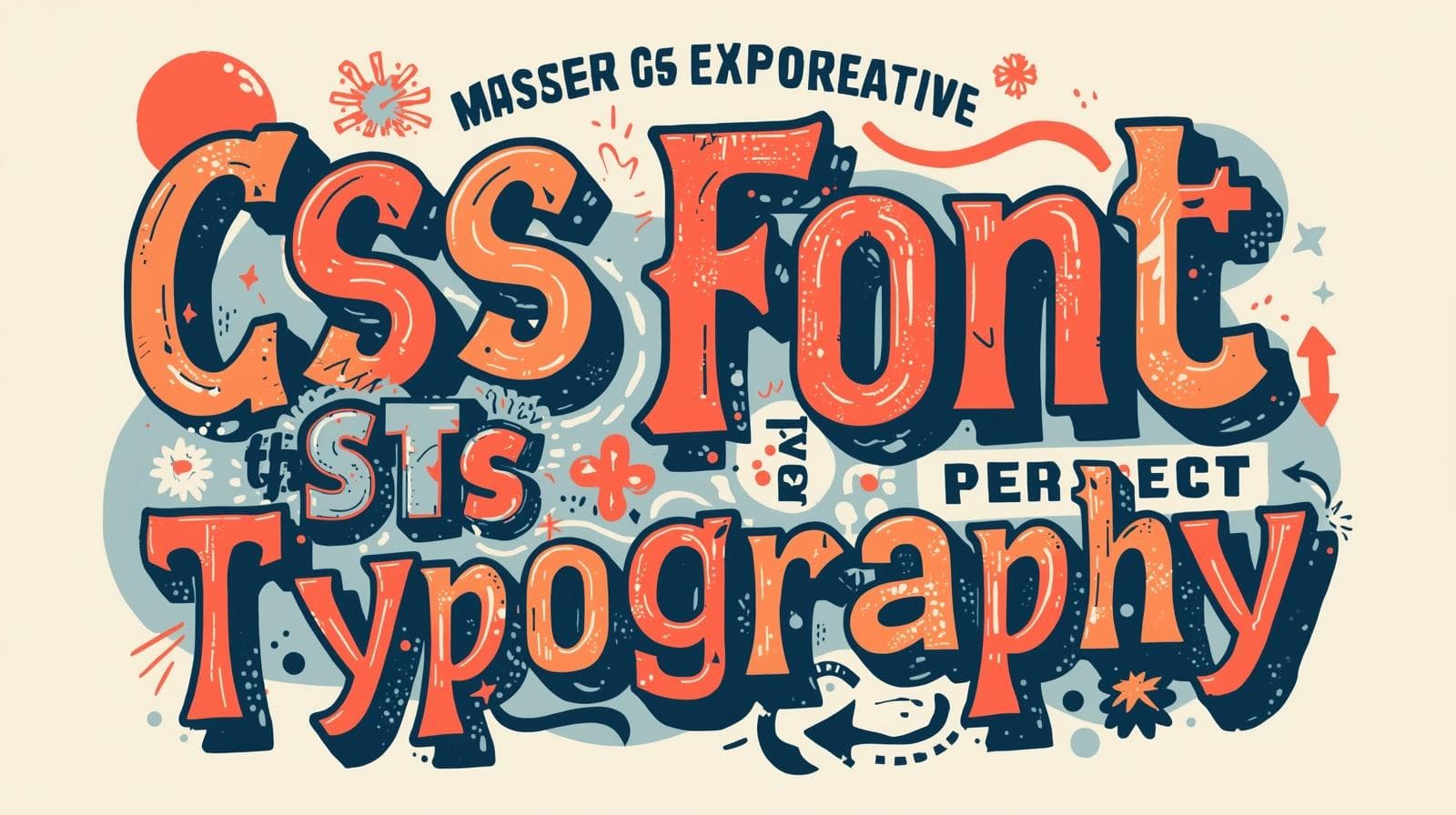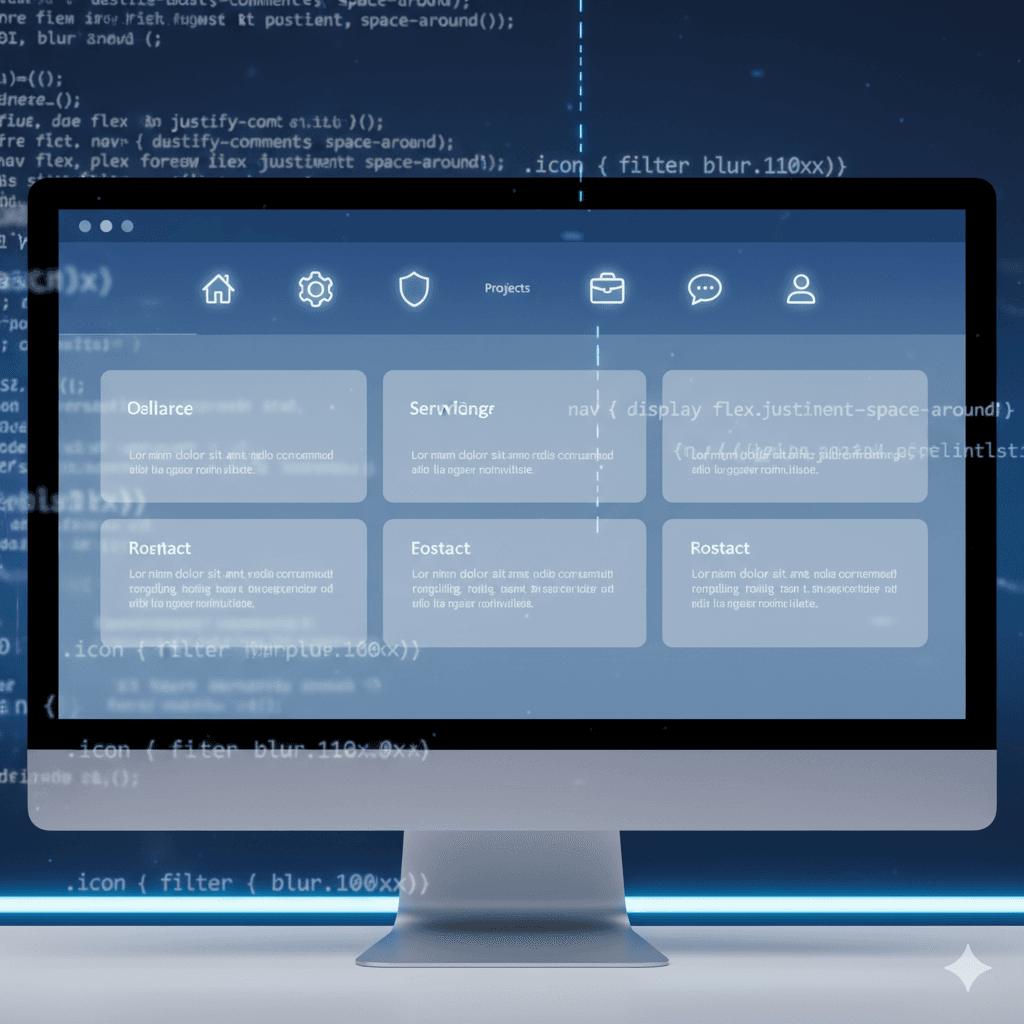What is CSS? A Beginner's Guide to Styling Websites
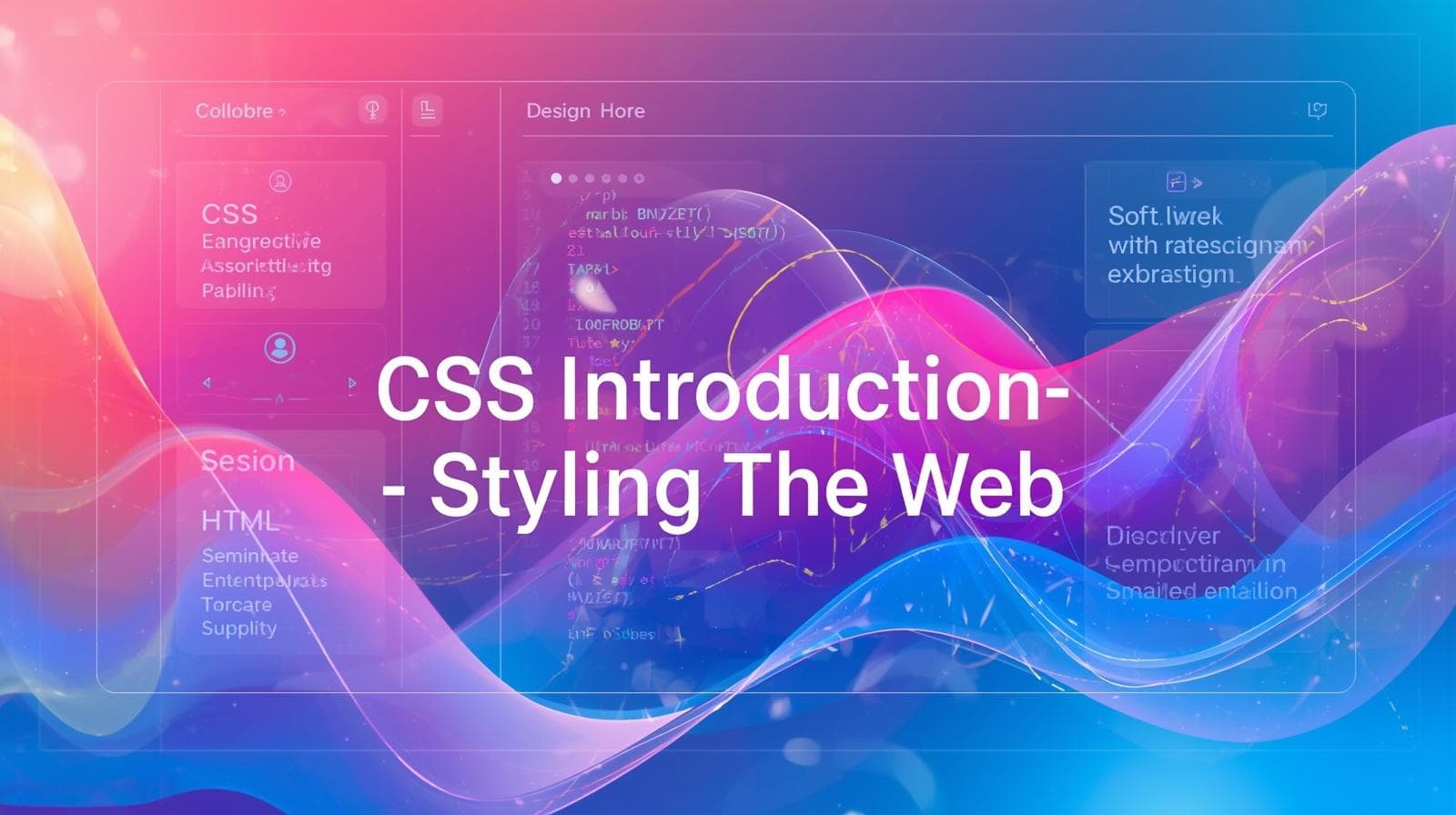
Unlock the power of web design with our in-depth CSS introduction. Learn what CSS is, how it works with HTML, key concepts, best practices, and how to start your coding journey.
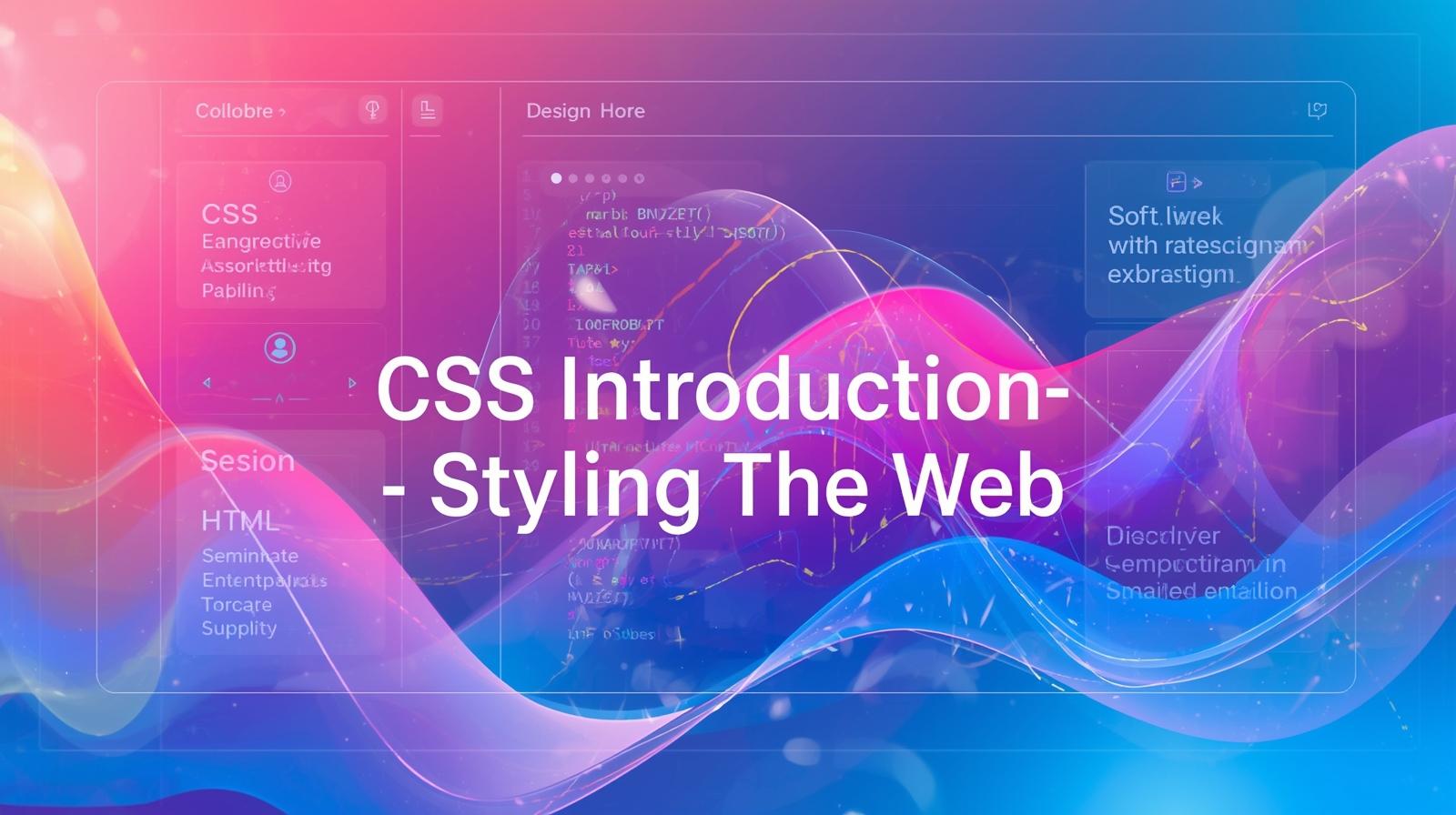
What is CSS? A Beginner's Guide to Styling Websites
What is CSS? Unlocking the Art of Web Design for Beginners
Think of the last beautiful website you visited. What caught your eye? Was it the elegant fonts, the harmonious color scheme, the perfectly spaced layout, or the subtle animations that responded to your hover? Now, imagine that same website stripped bare—just black text on a white background with blue, underlined links. A bit bland, right?
That stark difference, the journey from a raw skeleton to a visually stunning experience, is the magic of CSS.
If HTML (HyperText Markup Language) is the skeleton of a webpage—defining its structure with headings, paragraphs, and images—then CSS is the skin, hair, and wardrobe. It’s what makes the web a visually engaging and creative space.
In this comprehensive guide, we're not just going to define CSS. We're going to dive deep into how it works, why it’s so powerful, and how you can start using it to bring your own digital ideas to life.
So, What Exactly is CSS?
CSS stands for Cascading Style Sheets. Let's break down that name because it tells you a lot about how it functions.
Cascading: This is a core concept. It means that styles can "cascade" down from multiple sources, and there's a specific order of priority that the browser follows. A style defined in one place can be overridden by a more specific or important style defined elsewhere. This creates a hierarchy of styling, which is incredibly powerful for maintaining consistency and making global changes.
Style Sheets: Simply put, a CSS file is a "sheet" (or document) full of "styles." These styles are rules that tell the browser how to display HTML elements.
In a nutshell, CSS is a language used to describe the presentation of a document written in HTML or XML. It controls the layout, colors, fonts, and overall visual aesthetics of a web page.
How Does CSS Actually Work with HTML? The Magic Behind the Scenes
To understand CSS, you first need to understand its partner-in-crime: HTML. HTML creates the building blocks. It says, "This is a heading," "This is a paragraph," and "This is a button."
CSS then steps in and says, "That heading should be dark blue, use the 'Arial' font, and be 36 pixels tall. That paragraph should have a line height of 1.6 for better readability. And that button should have a light blue background, rounded corners, and a subtle shadow."
The browser loads the HTML file first, constructing the Document Object Model (DOM). Then, it loads the CSS and applies the styling rules to the corresponding elements in the DOM. This process is known as rendering.
The Anatomy of a CSS Rule
Let's look at a simple CSS rule to understand its syntax:
css
h1 {
color: navy;
font-size: 36px;
text-align: center;
}Selector: This is the
h1part. It "selects" the HTML element(s) you want to style. In this case, all<h1>heading tags on the page.Declaration Block: Everything inside the curly braces
{ ... }is the declaration block.Declaration: Each line inside the block, like
color: navy;, is a declaration. It's a key-value pair that defines a specific style.Property: The
colorpart. This is the aspect of the element you want to change (e.g.,color,font-size,background,margin).Value: The
navypart. This is the specific setting for the property.
So, the rule above can be read as: "For all H1 elements, make the text color navy, set the font size to 36 pixels, and align the text to the center."
Real-World Use Cases: What Can You Really Do with CSS?
CSS is far more powerful than just changing colors and fonts. Here’s a glimpse of its capabilities:
Creating Complex Layouts: Remember when websites were built with tables? CSS freed us from that. With techniques like Flexbox and CSS Grid, you can create sophisticated, responsive, and complex multi-column layouts with just a few lines of code. These are absolute game-changers for modern web design.
Responsive Web Design (RWD): This is non-negotiable in today's multi-device world. Using CSS media queries, you can apply different styles based on the user's device, screen size, or orientation. You can have one set of styles for a desktop, another for a tablet, and a third for a mobile phone, ensuring your website looks perfect everywhere.
Animations and Interactions: Gone are the days of needing JavaScript for every little movement. CSS can handle smooth transitions (like a button changing color on hover), transform elements (scale, rotate, skew), and even create keyframe-based animations. This makes user interfaces feel dynamic and polished.
Branding and Consistency: For any business or institute, a consistent brand identity is crucial. CSS allows you to define a color palette, typography scale, and spacing system once and apply it across an entire website. This ensures that every page feels like part of a cohesive whole.
Best Practices for Writing Clean and Maintainable CSS
As your projects grow, your CSS can become messy and hard to manage. Following best practices from the start is essential.
Use External Stylesheets: Always place your CSS in an external
.cssfile and link it to your HTML with the<link>tag. This separates content from presentation, making your code cleaner and allowing the same stylesheet to be used across multiple pages.Be Consistent with Naming: For class and ID names, use a consistent naming convention like BEM (Block, Element, Modifier). This makes your CSS self-documenting and easier for teams to understand.
Avoid the
!importantRule: It might be tempting to use!importantto force a style, but it breaks the natural "cascade" and can make your CSS a nightmare to debug. It's better to write more specific selectors instead.Group Related Styles: Organize your CSS file logically. You might have a section for global styles (like fonts and colors), then for layout, then for components (like buttons and cards), and finally for utility classes.
Comment Your Code: Use comments (
/* This is a comment */) to explain the purpose of complex sections of your CSS. Your future self (and your teammates) will thank you.
Mastering these practices is a key part of becoming a professional developer. In fact, at our institute, we emphasize writing production-grade, clean code from day one. To learn professional software development courses such as Python Programming, Full Stack Development, and MERN Stack, where you'll master not just CSS but the entire ecosystem of modern web development, visit and enroll today at codercrafter.in.
Frequently Asked Questions (FAQs)
Q1: What's the difference between CSS, HTML, and JavaScript?
This is the holy trinity of web development.
HTML: The structure and content (the "what").
CSS: The presentation and styling (the "how it looks").
JavaScript: The behavior and interactivity (the "what it does").
Q2: What are the different ways to include CSS in a webpage?
There are three primary methods:
External CSS: The best practice. A separate
.cssfile linked via<link>.Internal CSS: CSS placed inside a
<style>tag in the HTML<head>. Good for single-page styles.Inline CSS: Styles written directly inside an HTML element using the
styleattribute (e.g.,<p style="color: red;">). Avoid this for general styling as it's hard to maintain.
Q3: Is CSS a programming language?
Technically, no. It's a style sheet language. Programming languages like JavaScript have logic, loops, and variables. While CSS has now evolved to include variables (custom properties) and some logic (like calc()), its primary purpose is declarative styling, not programming logic.
Q4: How long does it take to learn CSS?
You can grasp the basics—selectors, colors, fonts, the box model—in a few weeks of consistent practice. However, mastering advanced concepts like Flexbox, Grid, responsive design, and architecture can take several months. It's a continuous learning process.
Q5: What are CSS frameworks like Bootstrap and Tailwind CSS?
These are pre-written libraries of CSS code that provide a set of ready-made components and utility classes. They help you build prototypes and consistent UIs faster. However, a deep understanding of core CSS is crucial before relying on a framework, or you'll be lost when you need to customize something beyond the framework's capabilities.
Conclusion: Your Journey into Web Design Starts Here
CSS is the brush and palette for the digital canvas. It's the tool that transforms a functional but dull information structure into an engaging, accessible, and beautiful user experience. From the simple act of centering a div to the complex orchestration of a full-screen, responsive animation, CSS is the language of visual design on the web.
Learning it is a journey of empowerment. It starts with changing a color and ends with you being able to bring any visual concept to life in a browser.
The path from understanding a simple color: blue; declaration to architecting a scalable, responsive website for a global audience is an exciting one. If you're ready to take that journey with expert guidance and a structured curriculum that covers CSS in-depth as part of a broader full-stack skillset, we're here to help. To learn professional software development courses such as Python Programming, Full Stack Development, and MERN Stack, visit and enroll today at codercrafter.in. Your first step towards mastering the art and science of web development is just a click away.

